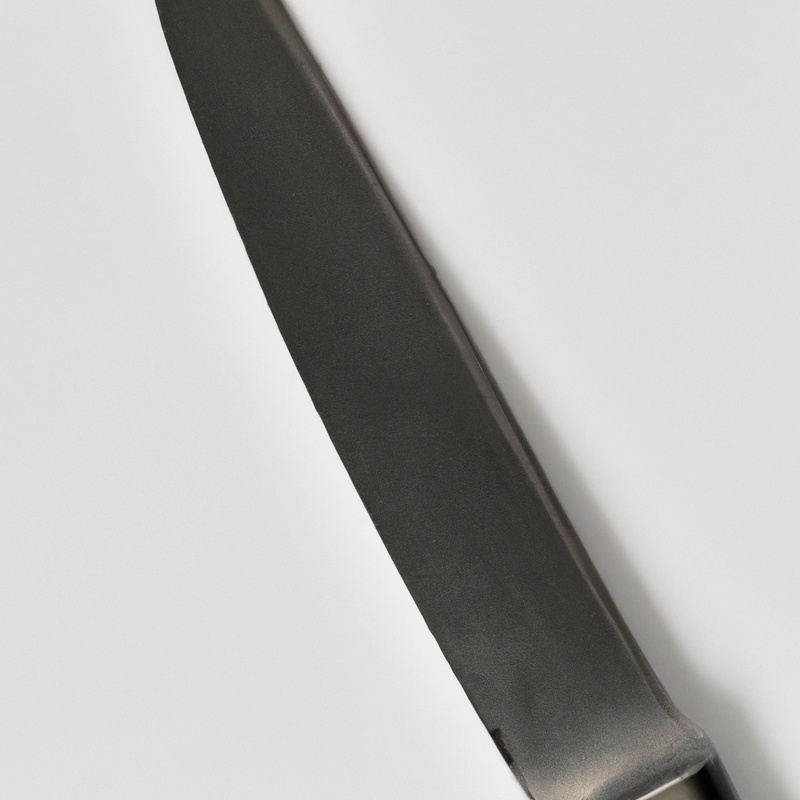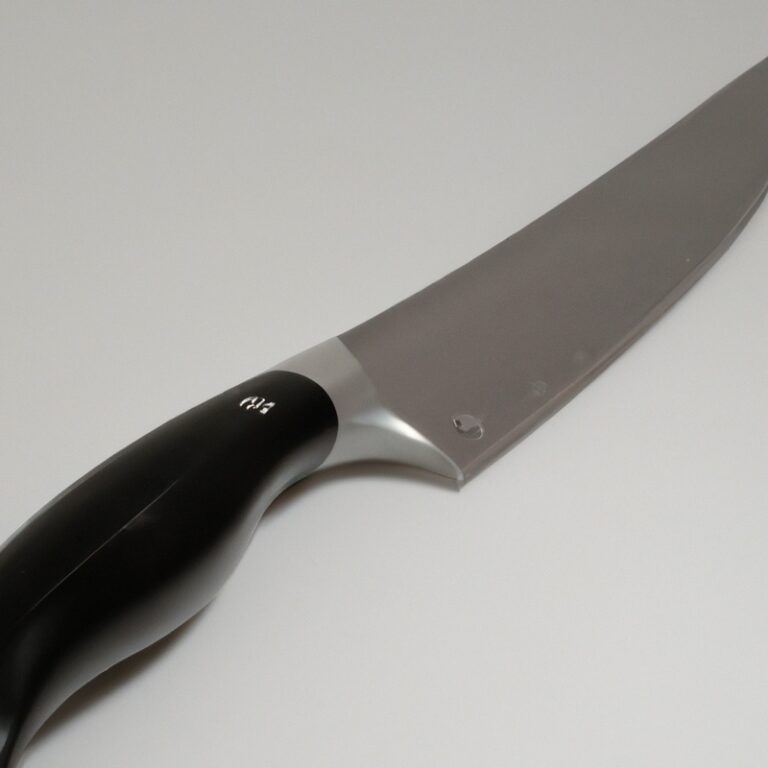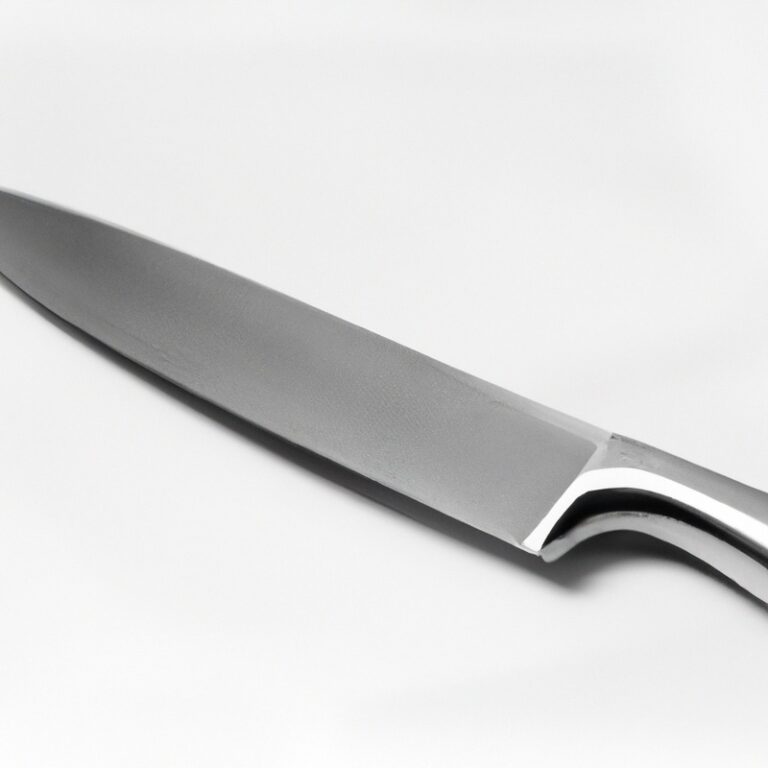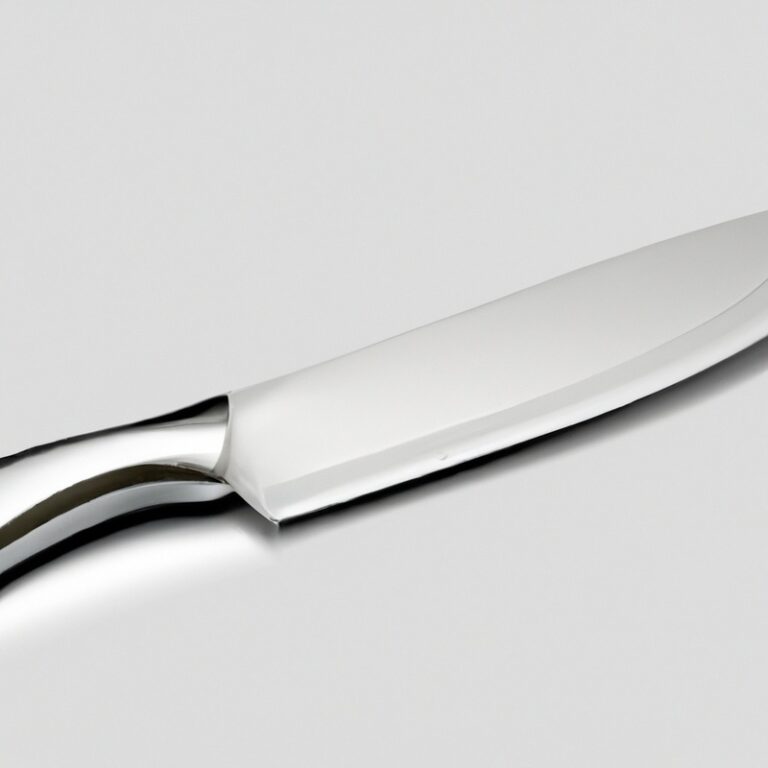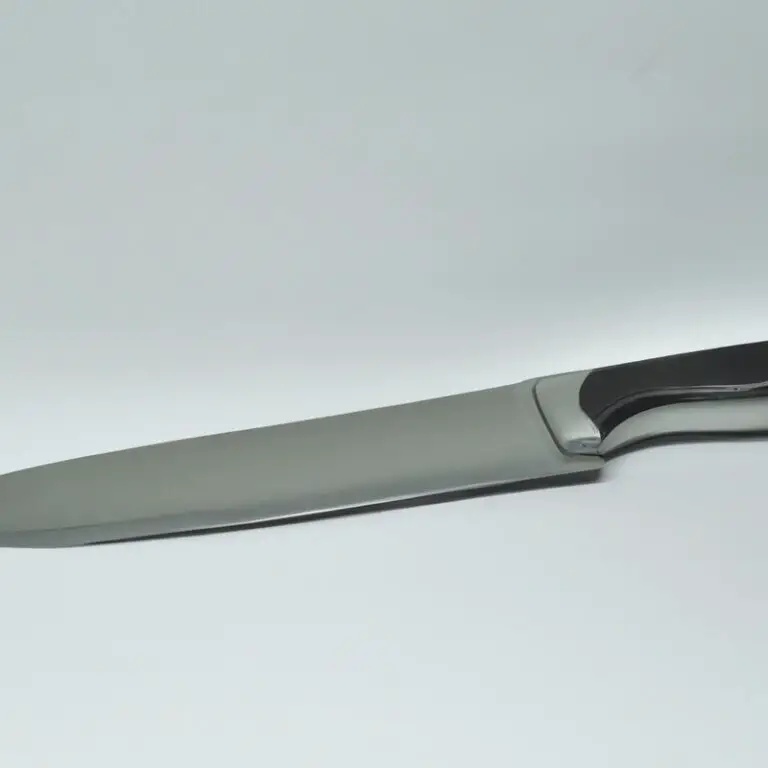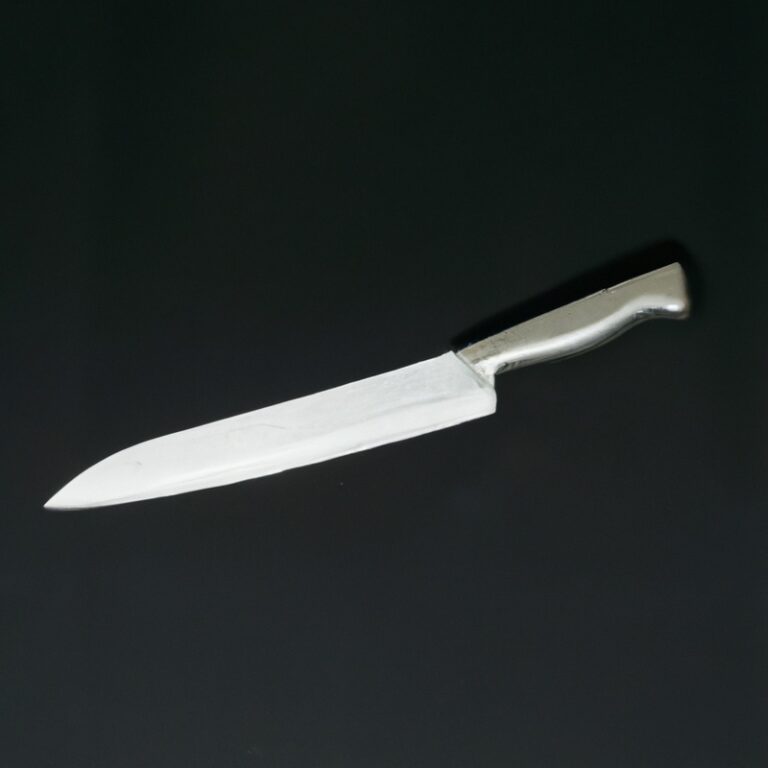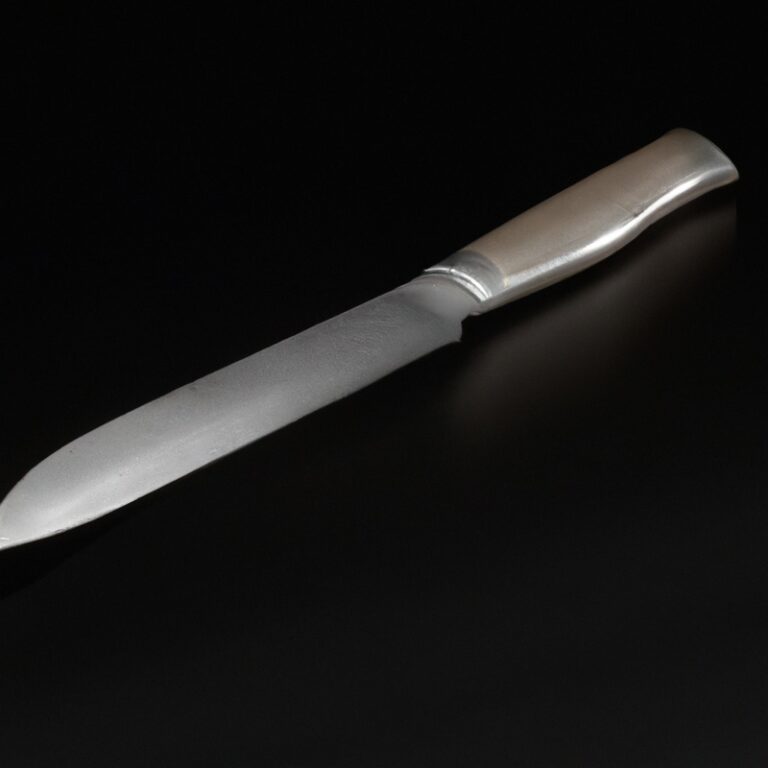What Is The Importance Of Carbon Content In Knife Steel?
Key Takeaways:
- Higher carbon content in knife steel results in increased hardness and edge retention.
- The presence of carbon improves the steel’s ability to withstand wear and deformation.
- The carbon content plays a crucial role in determining the overall strength and toughness of the knife.
- Balancing carbon content is essential to achieve the right balance of hardness, toughness, and corrosion resistance in knife steel.
Are you a fan of top-notch knives that effortlessly slice through anything in their path? If so, you may have come across the term “carbon content” while researching knife steel.
But what exactly does carbon content mean, and why is it so essential?
In this article, I’ll demystify the significance of carbon content in knife steel. We’ll explore how carbon affects not only the hardness and strength but also the edge retention and corrosion resistance of a knife.
Plus, I’ll guide you on choosing the perfect carbon content for your specific knife needs and offer tips on maintaining high carbon steel knives for long-lasting performance.
Get ready to sharpen your knowledge and elevate your knife game!
| Importance of Carbon Content in Knife Steel | |
| Carbon Content | Effect on Knife Steel |
| Low Carbon Content | – Makes the steel softer and less prone to chipping or breaking – Sacrifices edge retention and hardness |
| Medium Carbon Content | – Balances hardness, edge retention, and durability – Provides a good combination of strength and sharpness |
| High Carbon Content | – Makes the steel harder and more wear-resistant – Enhances edge retention and sharpness – Can be more challenging to work with and maintain – Prone to chipping or breaking if not properly heat-treated |
Understanding carbon content in knife steel
What is carbon content?
Carbon content refers to the amount of carbon present in a particular material, such as knife steel.
It is an essential factor in determining the properties of the steel, including hardness, strength, and edge retention.
Higher carbon content generally results in a harder steel, which is ideal for cutting tasks that require durability and sharpness.
However, it can also make the steel more prone to corrosion.
Lower carbon content, on the other hand, provides better corrosion resistance but sacrifices some hardness and edge retention.
Finding the right balance of carbon content is crucial in selecting the appropriate steel for different knife applications.
Different levels of carbon content in knife steel
Different levels of carbon content in knife steel can significantly impact the performance and characteristics of a knife.
Higher carbon content, typically above 0.6% carbon, results in greater hardness, which allows for excellent edge retention and cutting performance.
However, higher carbon content also makes the steel more brittle.
On the other hand, lower carbon content, below 0.5% carbon, provides increased toughness and resistance to breakage, but at the expense of edge retention.
It’s important to find the right balance of carbon content based on the intended use of the knife, considering factors such as cutting tasks, sharpening frequency, and overall durability.
Importance of carbon content in knife steel
Achieving hardness and strength
Achieving hardness and strength in knife steel is vital for optimal performance.
The carbon content plays a key role in determining these properties.
Higher carbon content leads to increased hardness and strength, allowing the blade to retain its edge for longer periods.
To achieve this, steel with a higher carbon content is chosen.
However, it’s important to strike a balance, as too much carbon can make the steel brittle.
Specialty heat treatments can be employed to enhance the hardness and strength of the steel, ensuring a durable and reliable knife.
Enhancing edge retention
One of the key benefits of having a high carbon content in knife steel is the enhanced edge retention.
When a knife has a higher carbon content, it means that the steel is harder and more resistant to wear and deformation.
This hardness allows the blade to maintain its sharpness for a longer period of time, meaning you won’t have to sharpen it as frequently.
This is particularly important for tasks that require prolonged cutting or slicing, as a knife with good edge retention will continue to perform well even after extended use.
Additionally, a knife with enhanced edge retention provides more precise and cleaner cuts, making it an ideal choice for professional chefs and avid cooks alike.
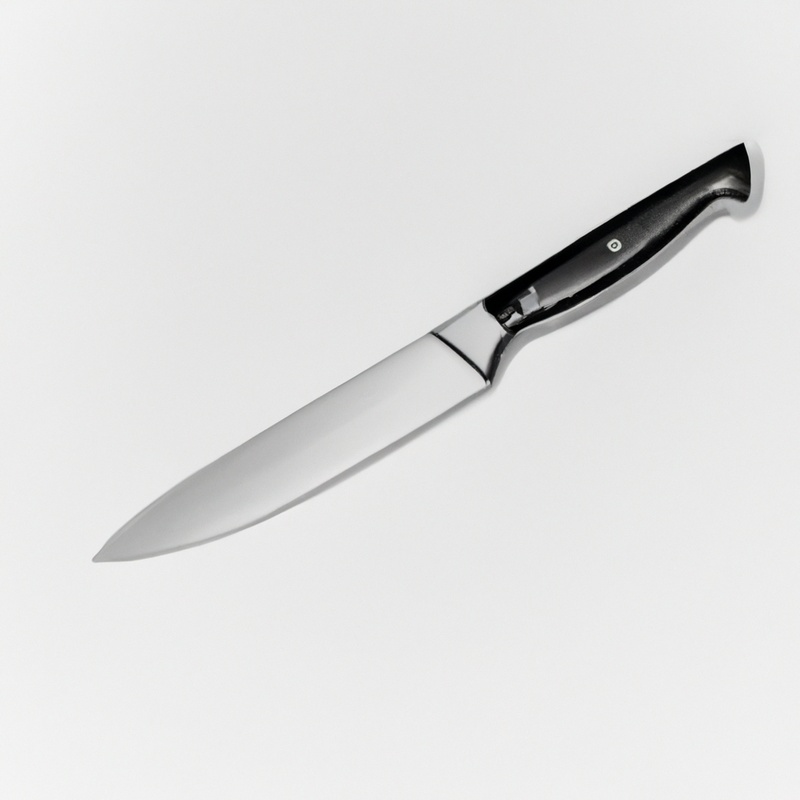
Impact on corrosion resistance
The carbon content in knife steel plays a significant role in its corrosion resistance.
Higher carbon levels can lead to increased susceptibility to corrosion, making the knife more prone to rust and oxidation.
However, lower carbon content in steel can improve corrosion resistance.
It’s important to strike a balance between carbon content and other elements in the steel to achieve the desired level of corrosion resistance.
Regular cleaning, proper storage, and preventive measures can also help maintain the knife’s corrosion resistance over time.
Choosing the right carbon content for a knife
Considerations for specific knife applications
Considerations for specific knife applications include the intended use and the necessary characteristics of the knife.
For example, a kitchen knife requires sharpness and edge retention for precise cutting.
A hunting knife needs durability and corrosion resistance for outdoor use.
Tactical knives require strength and toughness for heavy-duty tasks.
Understanding the specific application helps in selecting the right carbon content for the desired performance.
Balancing the carbon content with other elements in the steel is also crucial to achieve the desired combination of hardness, toughness, and corrosion resistance.
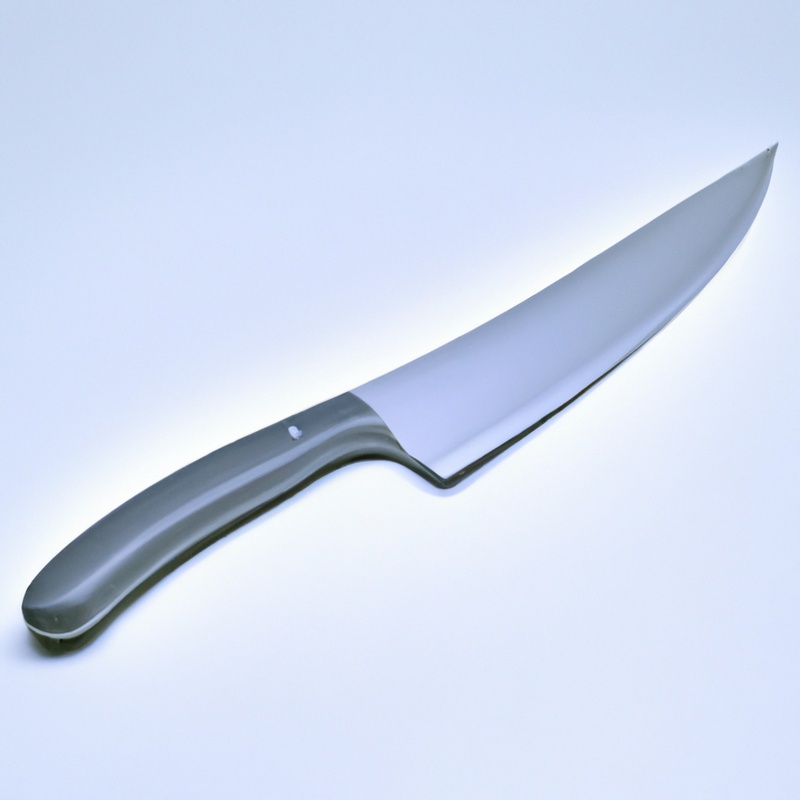
Trade-offs between hardness and toughness
In knife steel, there is a trade-off between hardness and toughness.
High carbon content increases hardness, making the knife hold a sharp edge for longer.
However, high carbon steel can be brittle and prone to chipping or breaking.
On the other hand, lower carbon content increases toughness, allowing the knife to withstand impacts and flex without breaking.
It’s important to strike the right balance between hardness and toughness based on your specific knife needs and usage.
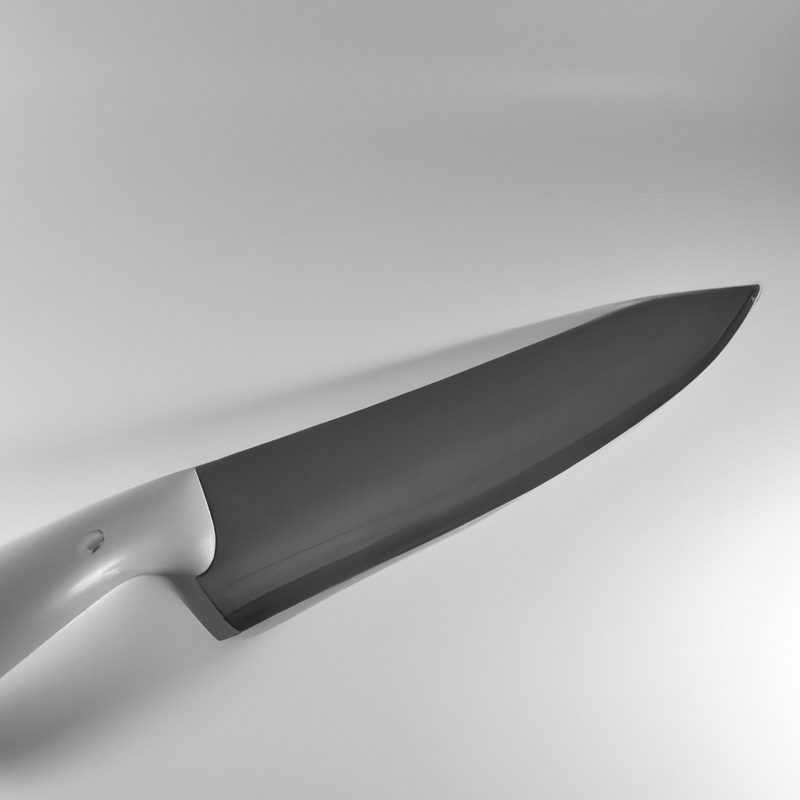
Balancing carbon content with other elements in steel
Balancing carbon content with other elements in steel is essential for creating a high-quality knife.
While carbon provides hardness and strength, it must be combined with other elements to optimize the knife’s performance.
Elements like chromium, vanadium, and molybdenum enhance corrosion resistance and toughness.
However, adding too much of these elements can reduce hardness.
Achieving the right balance ensures that the knife has the desired hardness, strength, corrosion resistance, and toughness.
The specific balance will depend on the intended use of the knife and the desired characteristics.
Maintaining and caring for high carbon steel knives
Proper storage and cleaning techniques
When it comes to properly storing and cleaning high carbon steel knives, there are a few key techniques to keep in mind. Firstly, always store your knives in a cool and dry place to prevent moisture from causing rust and corrosion.
Secondly, avoid storing knives in a cluttered drawer where they can bump against other utensils and become damaged.
Instead, consider using a knife block or magnetic strip for safe storage.
Preventing rust and oxidation
To prevent rust and oxidation on high carbon steel knives, there are a few simple steps you can take. First, make sure to wipe the blade dry immediately after using it, especially when it comes into contact with moisture or acidic foods.
Secondly, apply a thin coat of oil or lubricant on the blade to create a protective barrier against moisture.
This can be done with food-grade mineral oil or specialized knife oil. Thirdly, store your knife in a dry place, away from humidity and excessive heat.
Regular maintenance and care will help keep your high carbon steel knife in top condition for years to come.
Sharpening high carbon steel knives
To sharpen high carbon steel knives, start by using a sharpening stone or honing rod. Hold the knife at a slight angle and move it back and forth across the stone or rod, applying light pressure.
Repeat this process on both sides of the blade until it becomes sharp.
Remember to regularly maintain your sharpening tools and clean your knives after use to keep them in top condition. Additionally, consider using a leather strop to further refine the edge.
Regular sharpening will keep your high carbon steel knives performing at their best.
Final Verdict
Understanding the carbon content in knife steel is essential in order to make informed decisions when choosing the right knife for specific applications.
The carbon content plays a crucial role in achieving hardness, strength, and edge retention, while also impacting corrosion resistance.
However, it’s important to strike a balance between hardness and toughness, considering other elements in the steel composition.
By properly maintaining and caring for high carbon steel knives through appropriate storage, cleaning, and sharpening techniques, you can ensure their longevity and performance.
Overall, the carbon content in knife steel is a vital factor that significantly influences the knife’s functionality and durability.

